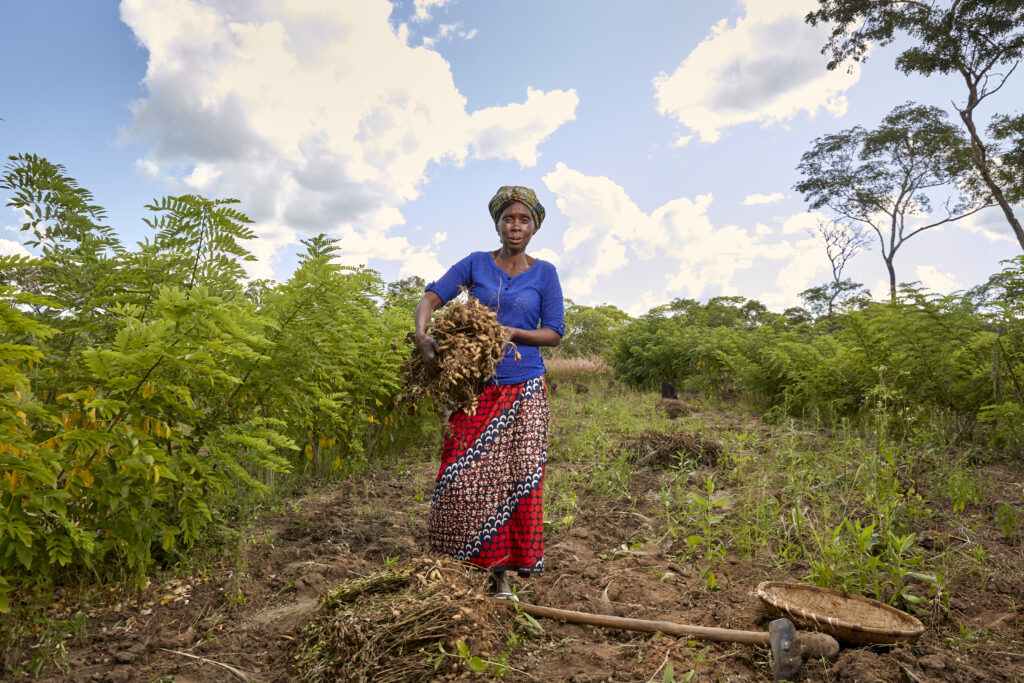COMACO: How Circular Markets Can Support Wildlife Conservation and Small-Scale Farmers
The land-locked country of Zambia is known for its rugged terrain, incredibly diverse wildlife, and stunning natural wonders. The Luangwa Valley, nicknamed the country’s «honey pot,» is a microcosm of all the beauty and abundance Zambia has to offer. It is also an area of land that has come under intense human pressure from poaching, over-farming and environmental degradation. It is here where Community Markets for Conservation (COMACO) a limited-by-guarantee, non-profit social enterprise, has chosen to concentrate its work, supporting wildlife conservation and small-scale farmers.
When COMACO emerged twenty years ago, it was in response to the traditional models of wildlife conservation. They didn’t seem to be working. Locals would be imprisoned for poaching, which didn’t address the root causes of the issue. Instead, throwing people in jail would exacerbate the issues of hunger and poverty that urged locals to turn to poaching and other forms of land degradation in the first place. COMACO has designed a farming system, now practiced by 262,000 households organized into 105 farmer cooperatives across 97 chiefdoms in Zambia, that rewards people for conserving their natural resources. According to COMACO, they are one of Africa’s largest agroforestry-based, regenerative farming systems, supporting diverse food crops produced entirely without chemical inputs.
Poachers and farmers are invited to become COMACO members, which involves taking a Conservation Pledge, binding them to a set of community-agreed principles designed to safeguard the health of their soils, forests, and wildlife. In exchange, they adopt a package of eco-agriculture and organic farming techniques that reduce the environmental impact of farming and improve agricultural yields by two or three times the baseline. COMACO offers extensive training in a range of livelihood skills, supports the initial seed requirements that allow communities to establish their own seed replication for a local seed bank, and provides market value and increased market opportunities for families to achieve a livable income through farming.

A key factor of COMACO’s business model is their brand It’s Wild!. COMACO purchases high yields of nutritious food crops at premium prices, and turns them into 21 different quality products sold across the country under their brand. To assist its farmers, COMACO runs five processing plants (located close to where raw commodities are produced), plus two product distribution centers in Zambia and sales/distribution agents in South Africa and Botswana. They also operate 12 farmer support centers for coordinating their training and marketing services with farmer cooperatives, a vital component to their circular process.
According to COMACO, their model has so far been a success. The annual household income for COMACO-affiliated farmers has increased from $78 (2003) to $550 today. Farmers avoid $220/year in fertilizer costs, now spending less than $5 using the prescribed farming system with comparable yields. As for It’s Wild!, product sales inject up to $3.5 million/year in each community (the organization intends to double this over the next four years.) The implications for the environment are positive, too. 78% of COMACO’s farmers employ agroforestry techniques, poaching is down, and crop diversity is more common.
Learn more about COMACO.
